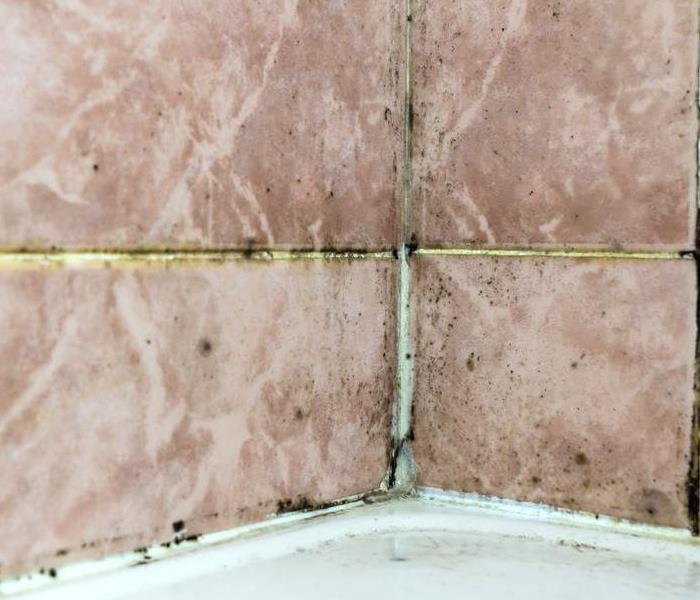Know the Mold Growth You’re Dealing With
9/24/2018 (Permalink)
It’s well-established that homeowners should immediately remediate mold when it appears. What’s not as well known is that there are different types of mold growth of varying severity. In Scottsdale,AZ, there are excellent remediation specialists who can assess your situation and clean up the problem.
Different Types of Mold
Mold usually forms where there is moisture and an amenable surface to grow on. Identifying a particular type of mold usually comes down to color, texture, and where the mold is forming. The following are mold types you might see in your home:
- Acremonium has a powdery or moist texture, forms in systems producing condensation, and is extremely toxic.
- Aureobasidium forms on wallpaper and wood, is pink, brown, or black, and is allergenic.
- Chaetomium appears in homes damaged by water. This mold growth has a cotton texture and can cause skin infections.
- Cladosporium forms on fabrics, upholstery and carpet, is allergenic, and has a suede texture.
- Fusarium appears after flooding or leaks on carpeting, wallpaper and food, is highly toxic, and is pink, white, or red.
- Stachybotrys is highly toxic, forms on wood or paper surfaces, and has a slimy texture.
- Trichoderma forms on fabrics and in HVAC systems, has a wooly texture, and is allergenic.
- Ulocladium forms in kitchens, bathrooms, or windows and is black in color.
There are many types of mold that can grow in your home. The trick is knowing which are harmful.
Where Does Mold Come From?
Mold spores enter your home through air ducts and other openings. In the presence of high humidity, moisture, or water damage, however, they can proliferate and you may notice a growth. At this point, it can be helpful to know how serious the mold you’re dealing with is, and a professional remediation team can assist you by examining the growth and providing solutions to deal with it.
Identifying the mold that is forming in your home can help you have an informed conversation with your remediation specialist. This in turn can ensure the mold growth is cleaned up before it becomes a problem.






 24/7 Emergency Service
24/7 Emergency Service
